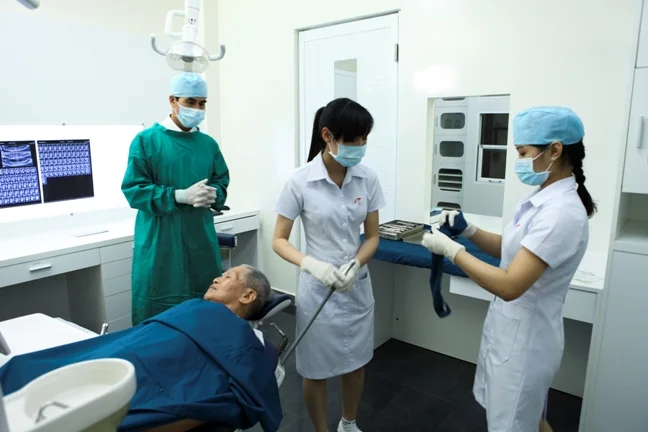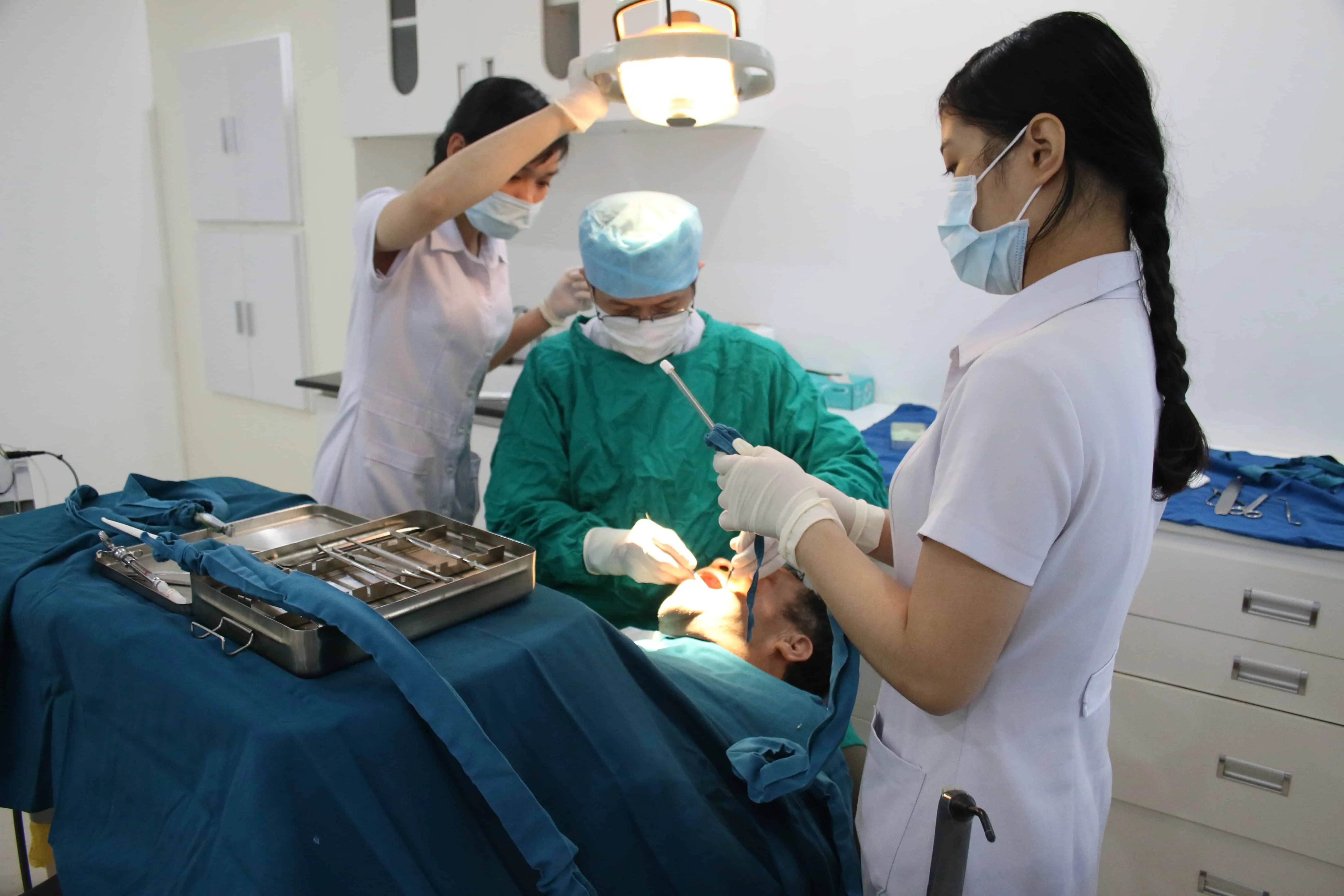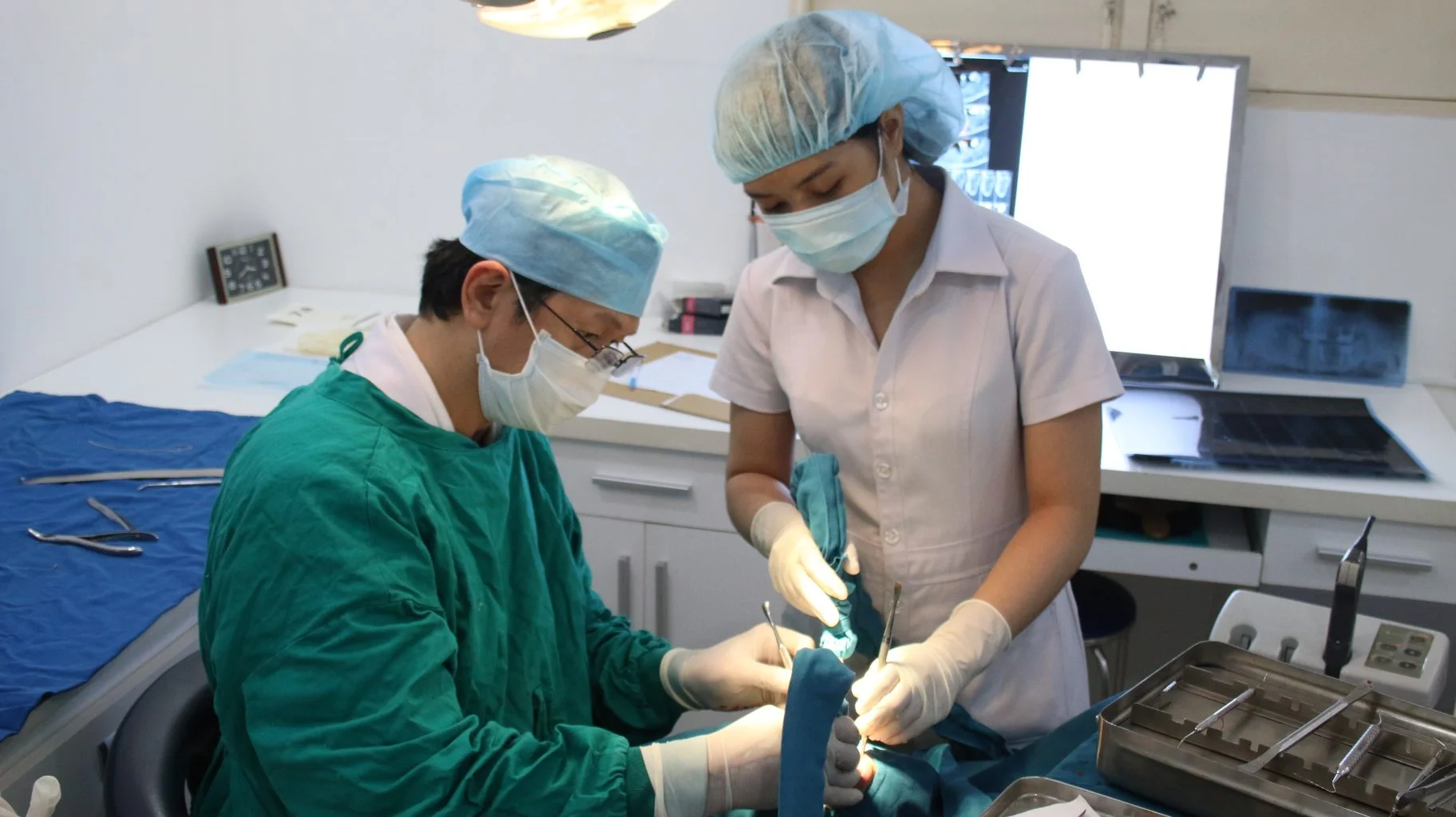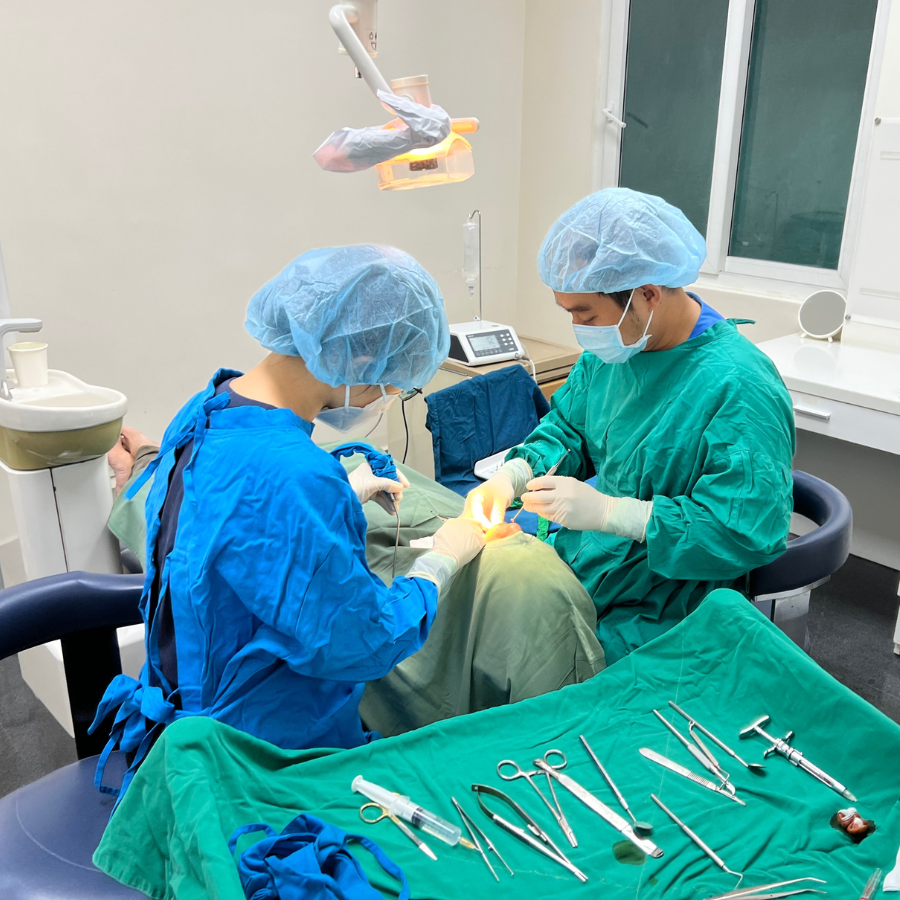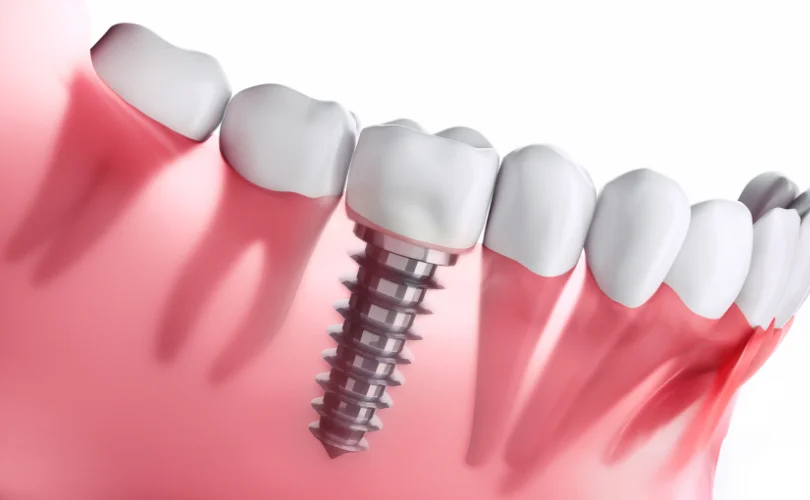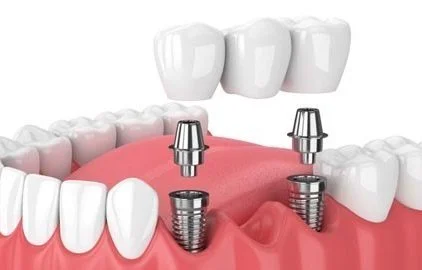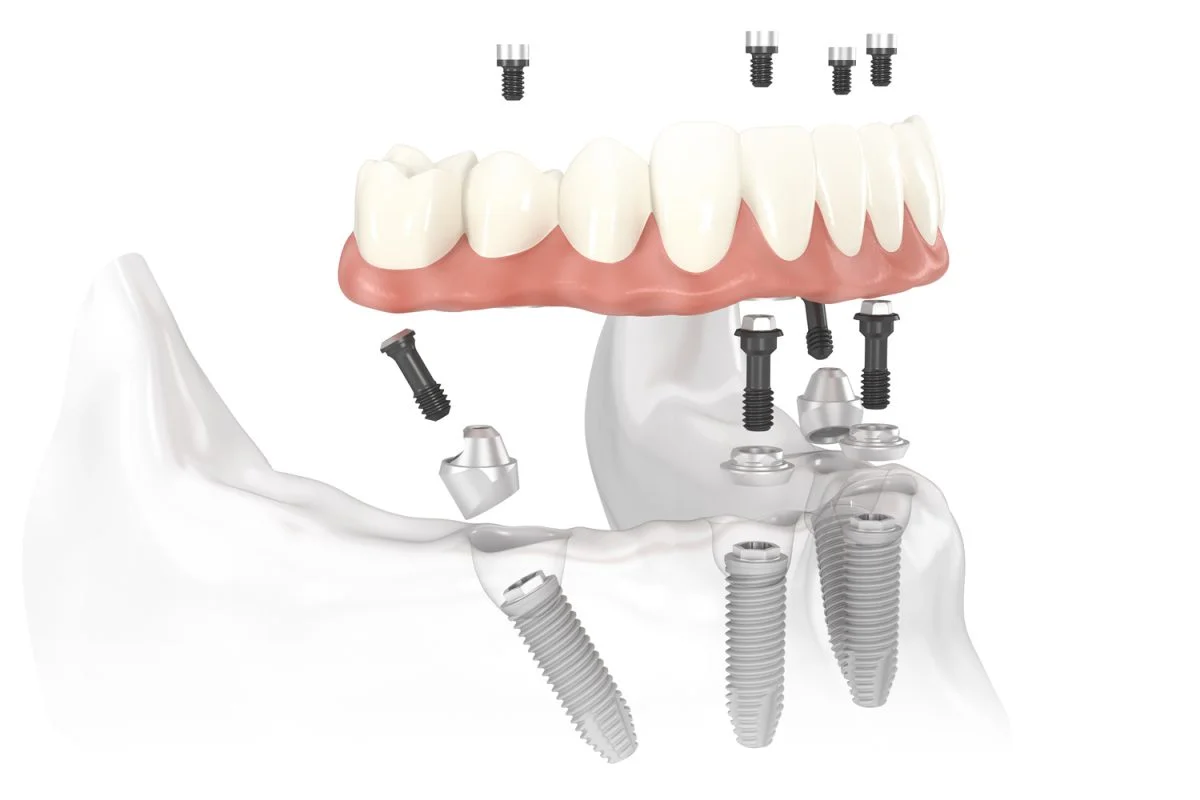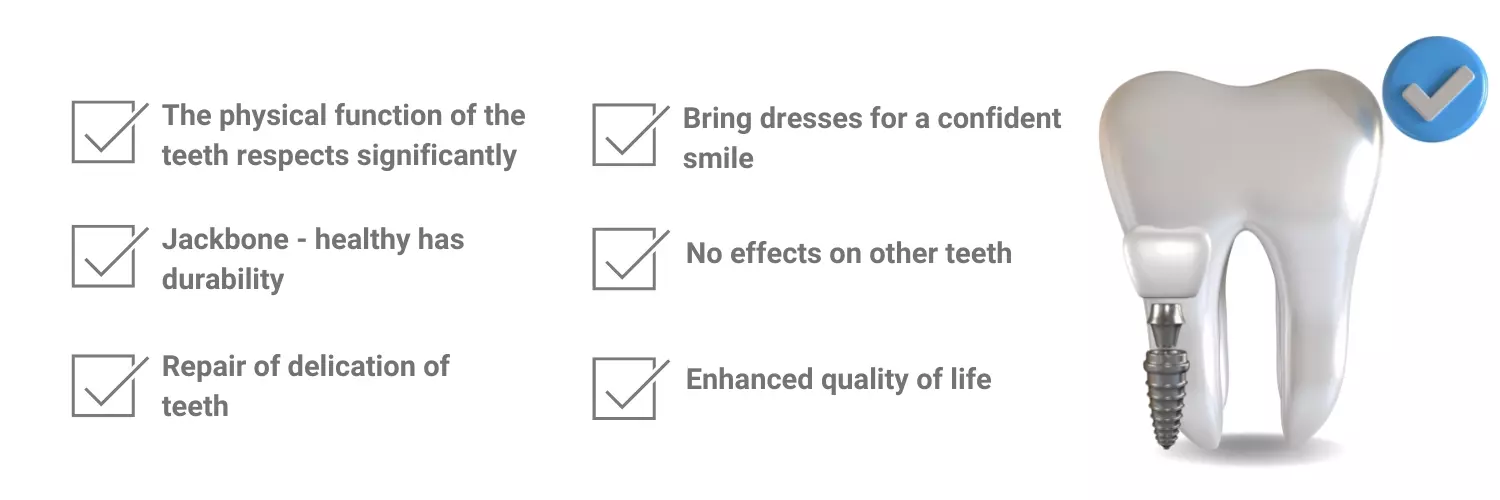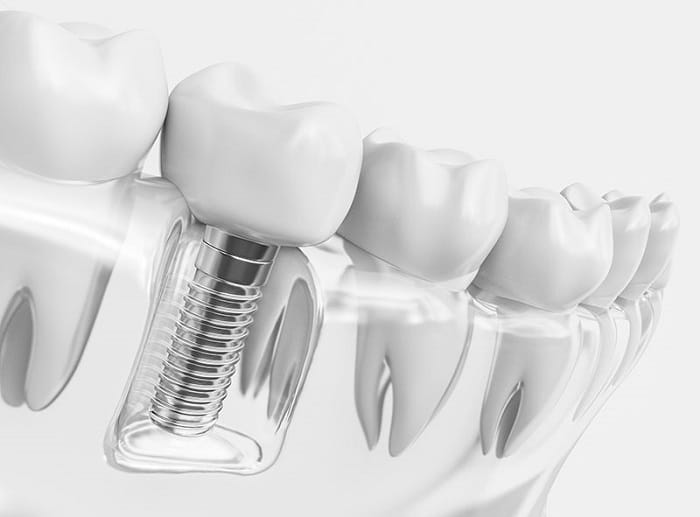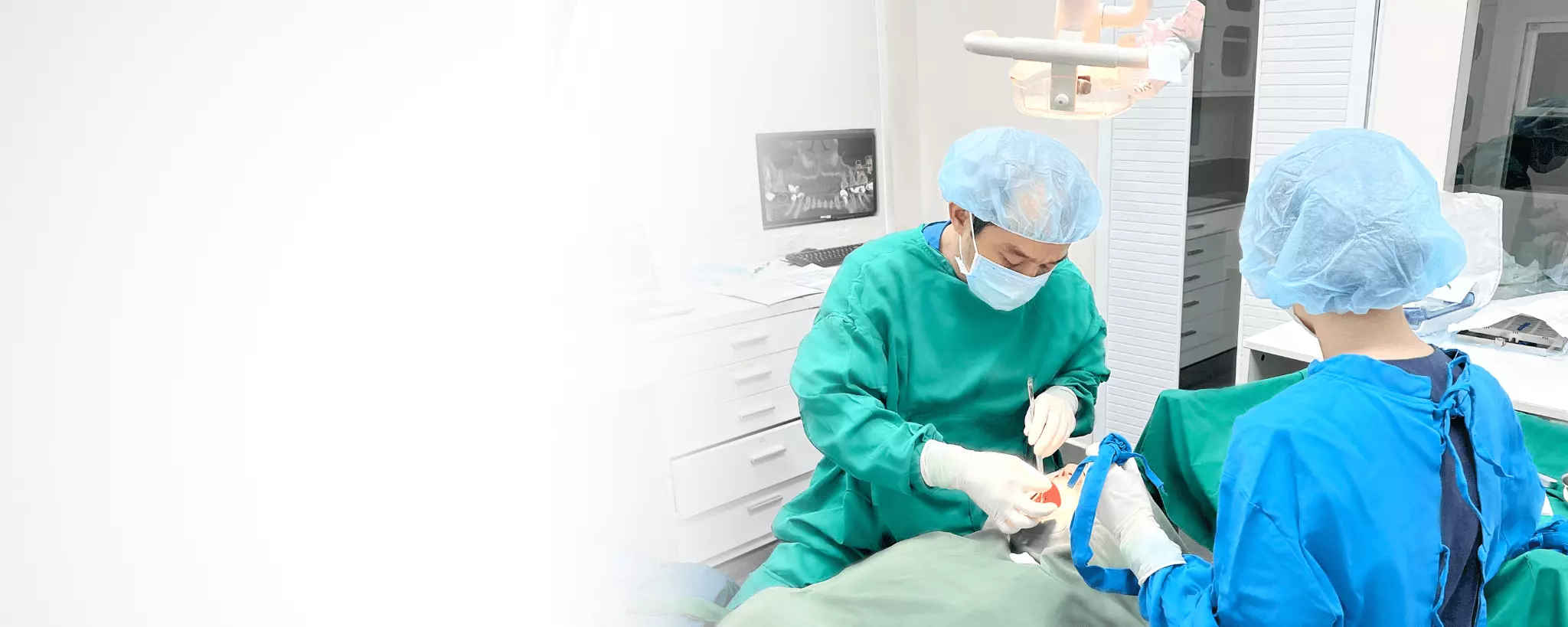A medically compromised patient may be described as a person whose physical or mental characteristics are distinct from those of the same age. In these types of patients, the risk of interactions between their disease and transplant surgery is higher, which means higher medical risks. A thorough and thorough medical examination will help not only to determine the specific measures that must be taken for a medically compromised patient, but also to perform an estimate of the patient’s risk. The system recommended by the ASA (American Association of Anesthesiologists) for dental patients is commonly used to determine patient risk. These classifications and medical history allow the dentist to identify systemic disease and the expected success rate in medically compromised patients who will be restored with dental implants. It seems that medical control of the disease is more important than the disease itself. This evidence demonstrates the need for personalized medical examinations.
To achieve and maintain successful integration over time, which is the goal and outcome of successful transplant therapy, the indications and contraindications must be carefully balanced. Therefore, the selection of the appropriate patient is a key issue in treatment planning.
Contraindications can be divided into local and systemic/medical. In a recent Consensus Conference, it was proposed to break down general/medical risk factors into two groups:
- Group 1 (very high risk). Patients with serious systemic diseases (rheumatoid arthritis, osteomalacia, osteoproliferative defects), immunocompromised patients (HIV, immunosuppressive drugs), drug addicts (alcohol) and disease non-compliance (psychological and mental disorders).
- Category 2 (significant risk). Patients with bone irradiation (radiotherapy), severe diabetes (especially type 1), severe bleeding disorders/bleeding trends (hemorrhage, drug-induced anticoagulation), and heavy smoking habits .
Other authors have recommended certain groups of patients or conditions as relative contraindications for dental implants [25]:
- children and adolescents
- epileptic patients
- a tendency to severe bleeding
- risk of endocarditis
- risk of osteonecrosis
- risk of heart attack.
Other reported relative contraindications include adolescence, aging, osteoporosis, smoking, diabetes, interleukin-1 genotype-positive, HIV-positive, cardiovascular disease, hypothyroidism, and comorbidity. Crohn’s [22].
In more recent studies, the following diseases and conditions have been examined for an increased risk of implant failure: scleroderma, Sjögren’s syndrome, neuropsychiatric disorders/Parkinson’s disease, lichen ruber planus / oral lichen planus, HIV infection, ectodermal dysplasia, long-term immunosuppression after organ transplantation, cardiovascular disease, Crohn’s disease, diabetes, osteoporosis, oral bisphosphonates, and radiation therapy use to Treatment of oral squamous cell carcinoma.
Recommended absolute contraindications for implant placement (serious and acute medical conditions for which implant therapy is always considered contraindicated) include: acute infection, severe bronchitis , emphysema, severe anemia, uncontrolled diabetes, uncontrolled hypertension, abnormal liver function, nephritis, severe mental illness, conditions at risk of major bleeding, endocarditis myocardial infarction, recent myocardial infarction and cerebrovascular accident, heart valve transplantation or surgery, deep immunosuppression, aggressive treatment of malignancy, drug abuse, and intravenous bisphosphonate use. However, there is little or no evidence to support most of these conditions.








